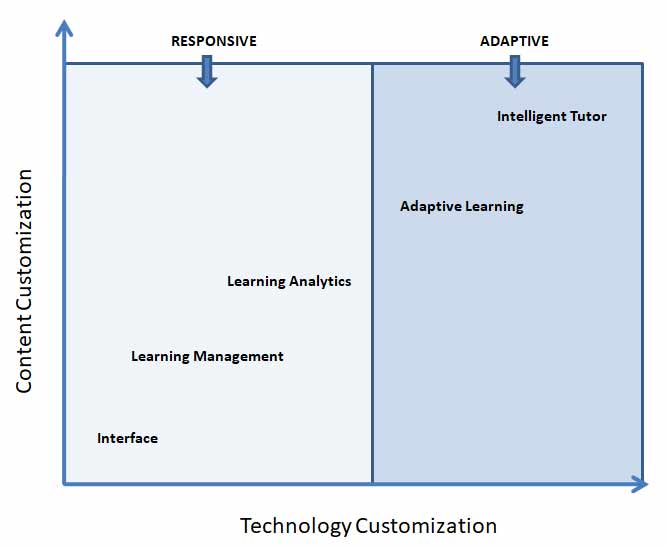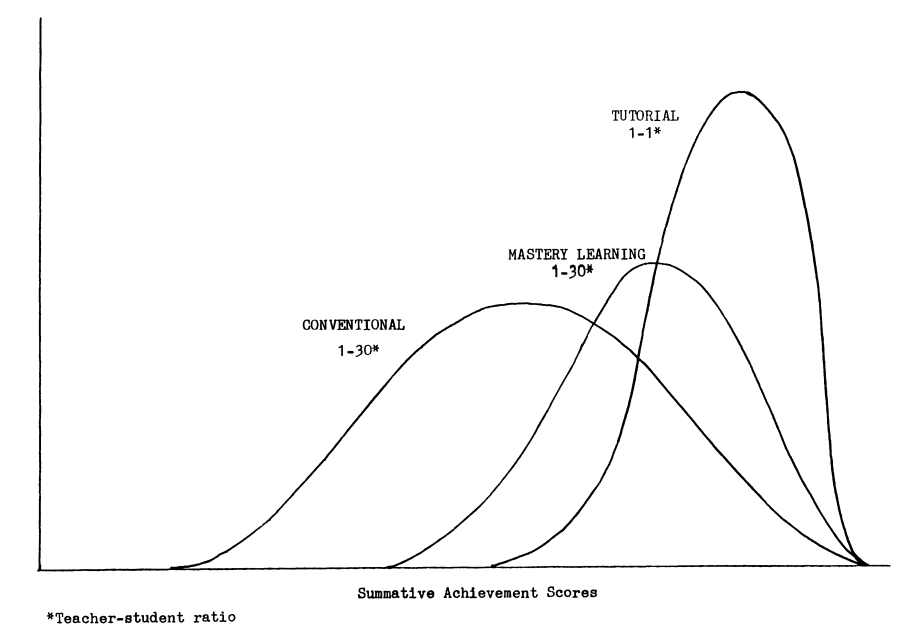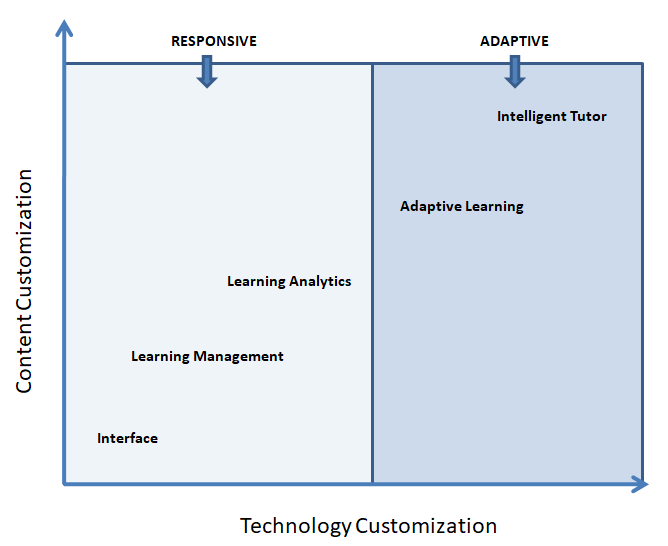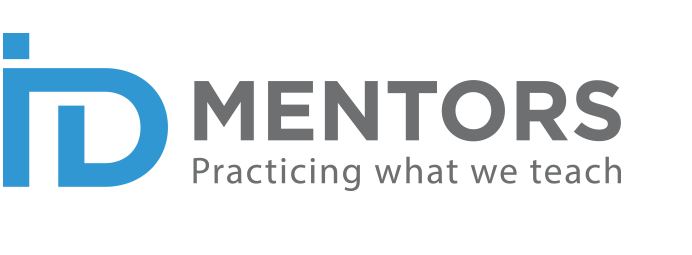
What is personalized learning?
Simply put, a school student taking private tuition outside of school is personalized learning. When parents sit with their children and help them learn a tough concept using a trick or tip they learnt in their childhood, such as an analogy or a mnemonic is also personalized learning. In addition, when an experienced surgeon performs a surgery and students observe how she wields a scalpel with precision, and the expertise with which she makes an incision is personalized learning too. Now to extrapolate that to the digital learning world, self-paced, responsive, and adaptive learning nuggets that address the unique needs of the target learner is also personalized learning.
What is the significance of personalized learning?
While we all go through systematic and established learning curriculum in schools and colleges, many of us may think, “wish this was explained to me in a better way”, or “how does everyone understand this, and I just can’t”? However, as is with structured education, it is not always possible for teachers to cater to the specific needs of each student in the class. Now, with advancement in technology and awareness of specific learning needs, things are changing fast to provide customized learning to whoever may want it. Personalized learning has been in vogue for decades now, though it has not been discussed as much until recently.
Benjamin Bloom’s Paper (The 2 Sigma Problem, 1984) compared lecture, lecture with feedback, and one-to-one tuition, and what he found was an 84% increase in mastery for the lecture with feedback approach and 98% increase in mastery for one-to-one tuition. From this simple yet effective data, you can understand how effective personalized learning is.

How is personalized learning rendered?
Personalized learning can take many forms such as, using examples that go well with the assigned learner group and helps them understand the content better, or using specific formats to target a specific group of learners to aid assimilation of learning, or using learning strategies or technology that resonates well with the target audience. Personalization can range from simple to complex as can be seen in the figure below.

Responsive
- Interface: Learners customize learning experience by choosing colors and/or avatars.
- Learning Management: Learners can select a specific learning path or create curated learning experiences through software application platforms, such as learning management systems (LMS) and learning experience platforms (LXPs).
- Learning Analytics: Software applications integrated with LMSs, which prompt learners to go through content based on their proficiency level in a specific subject or domain.
Adaptive
- Adaptive learning: Software applications that use machine learning to adapt to learner needs and competencies in a specific subject or domain.
- Intelligent Tutoring Systems: Software applications that provide immediate and customized instruction or feedback to learners, usually without requiring intervention from a human teacher or facilitator.
“Adaptive systems aim to functionally mirror and support the learning process, which is a flexible and changing, rather than fixed, process. Responsive systems are more limited, essentially offering an interface to predetermined content, like a hyper-linked menu or a series of digital buttons.”
SOURCE: Personalized Learning: The Conversations We’re Not Having by Monica Bulger
Real-world applications of personalized learning
Select a tab to view the example.
Personalization through Gamification
Air Methods provides air transportation to move patients to and from healthcare facilities and accident scenes. Air Methods personnel provide comprehensive pre-hospital and emergency and critical care to all types of patients during aero-medical evacuation or rescue operations aboard helicopter and propeller aircraft or jet aircraft. Air Methods with Sim X, a virtual reality firm, has developed a library of advanced clinical scenarios designed on a platform where multiple players work together to treat patients in the virtual environment. Air Methods has also developed an escape room* with a mix of clinical knowledge, pop-culture, and sleuthing to create an interactive learning experience. Each step of patient care, such as accessing medications or locating lab values, requires the team to solve the previous clues. Three groups are pitted against each other each day to see who can figure out the patient’s condition and provide the most appropriate care in the shortest amount of time.
SOURCE: How Serious Games Are Changing Air Medical Education by Eliane Alhadeff
Personalization through Mentoring
LaSalle Network is a national staffing, recruiting and culture firm with business units that specialize in accounting and finance, administrative, call center, healthcare revenue cycle, human resources, management resources, marketing, sales, supply chain, technology and executive search. Employees at this company participate in what is known as “grandfathering”. In this activity, managers mentor workers under their direct reports. They reinforce lessons by getting these employees to watch 3–4-minute videos at least 5 times, and by addressing their doubts and queries. Also, LaSalle’s 150 employees are regularly asked what weak spots they want to strengthen and what skills they want to acquire. These questions are not only asked by HR—everyone from managers and mentors to the training team and even the CEO pose the questions to employees at every level of the company. In one instance, when an employee mentioned to the company CEO that he wanted to eventually work in operations, the CEO coordinated with HR and made sure the employee works under the COO for a few weeks. This kind of mentoring, or grandfathering, is a commitment at the organization level. The learning themes that we can see in this case are learner needs, learner interests, learner ownership, and it is socially embedded. In this example, mentoring is used as a strategy to personalize learning.
SOURCE: A Personalized Approach to Corporate Learning by Kate Rockwood
Personalization through Feedback
Next College Student Athlete is a Chicago-based company that helps high schoolers win collegiate athletic scholarships. The Training team at this company uses a unique strategy for training – put the employee in the spotlight. The employees are video-recorded when they make a sales pitch. The videos are then analyzed to give specific feedback to the employees, and they are helped to identify areas that need refinement. The company has found this training technique rather effective. As the Head of HR says – “the employees tend to be fully engaged because they’re the stars of the sessions.” The learning theme out here is focusing on learner needs, learner ownership, and is socially embedded. This is an example of personalized learning where learners are not consumers but producers of content. This strategy also showcases mentoring at a different level. As you can see through this example, personalized learning is an ongoing process. It is NOT a one-time solution/intervention. Creating a plan, and working as per the plan is important.
SOURCE: A Personalized Approach to Corporate Learning by Kate Rockwood
Personalization through adaptive learning
Duolingo, the language learning app, applies the concept of spaced repetition for language learning. The app adapts to each learner’s level of language proficiency by presenting content in different interactive ways. Learners get automated real-time feedback on these interactive speech and grammar exercises. The app users collectively complete millions of exercises on the platform every day and it tracks every word that the learner sees, uses and practices in varied contexts. This data is captured and analyzed using machine learning (ML) algorithms.
Personalization through Intelligent Tutoring
Soar Training Expert for Virtual Environments or STEVE is an intelligent tutoring system developed by the University of South California (USC). It was originally applied to equipment operation and maintenance training on board a virtual ship. This system is designed to train and mentor learners to operate complicated machinery. Through virtual reality a three-dimensional, simulated mock-up of a work environment is created, where STEVE, the virtual facilitator guides learners to complete tasks by demonstrating procedures, responding to learner queries and monitoring learner performance. This solution is an integration of intelligent tutoring systems, computer graphics and agent architectures. This system can also train learners on completing team tasks, because the system is built to support multiple STEVE agents and multiple students.



0 responses on "Personalized Learning"